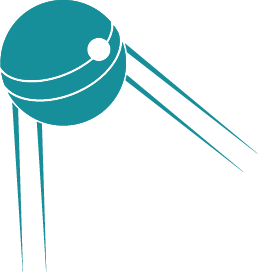Nitex Takes Fashion Forward
In 2012, Bangladeshi computer science student Muhammad Mahdi received a call from an old high school friend, Arifin Hasan. A year ago they parted ways for college after having been friends for 7 years. Hasan wanted to meet up again.
As conversation began, they, like many college students, began fantasizing about building their dream companies. But the fuel driving their dream was a bit deeper than the usual “I want to be the next Elon Musk” declaration.
“Whenever you hear about Bangladesh you only see the bad news. Arifin and I discussed what we could do to change that,” Mahdi recounted.
Their vision began as “Life’s Carnival,” a software to help disillusioned employees find their true profession. But after 2 years, the business stagnated and the pair realized it was time for a change.
With Hasan’s background in fashion, an industry worth $22 billion dollars a year in their own backyard (making Bangladesh the second largest worldwide supplier), they found a market worth exploring. They just needed a pain point to solve.
Designing a Solution to Apparel Logistics
Mahdi and Hasan began calling every supplier who would give them the time of day until they met with over 200 companies and pinned three pain points that needed solving:
Number one was the language barrier. Buyers worldwide were struggling to connect with suppliers in Bangladesh as they relied entirely on ciphering translated emails.
Number two was transparency. There was no way to track orders from manufacturers other than email. Even designers sinking hundreds of thousands into their clothing lines had worse order tracking than their own customers
Number three was lack of responsibility. Whether a buyer would get their shipment in ten days, ten weeks, ten months, or ever depended on the trustworthiness of their contact in Bangladesh. Too many buyers were left hanging.
On a mission to obliterate all three pain points with tech, Nitex built a manufacturing and logistics platform that would enable anyone, anywhere to build their own clothing brand without any upfront cost and with all the resources of massive brands like H&M and Zara.
Hitting the Runway
For three years the company relied on revenue alone as skeptical investors failed to see their vision. Then in 2020 they applied to Sputnik ATX.
The Nitex team used Sputnik as a launchpad to grow and build credibility needed to convince future investors. Now the company boasts a global team and a 90% customer retention rate.
In the last two months Nitex onboarded BooHoo group from the UK, one the fastest growing online retailers in the fashion world, and Salling group, the biggest retailer in Denmark. And Nitex is currently growing at 11% week over week.
During the heaviest COVID months of 2020 Mahdi and Hasan went all in on investing in their team, supporting their development with English and university classes in marketing, communication, and product management. In the end, it injected new life into the company.
“COVID has been the best time for our company because we put a lot of focus on ourselves, radiating energy to our teams, the value we are creating for the brands, and on the product we are making,” Mahdi explained.
To learn more about Nitex, check out their website at https://nitex.com/.
Written by: Emma Merrill
Edited by: Amanda Eakin

